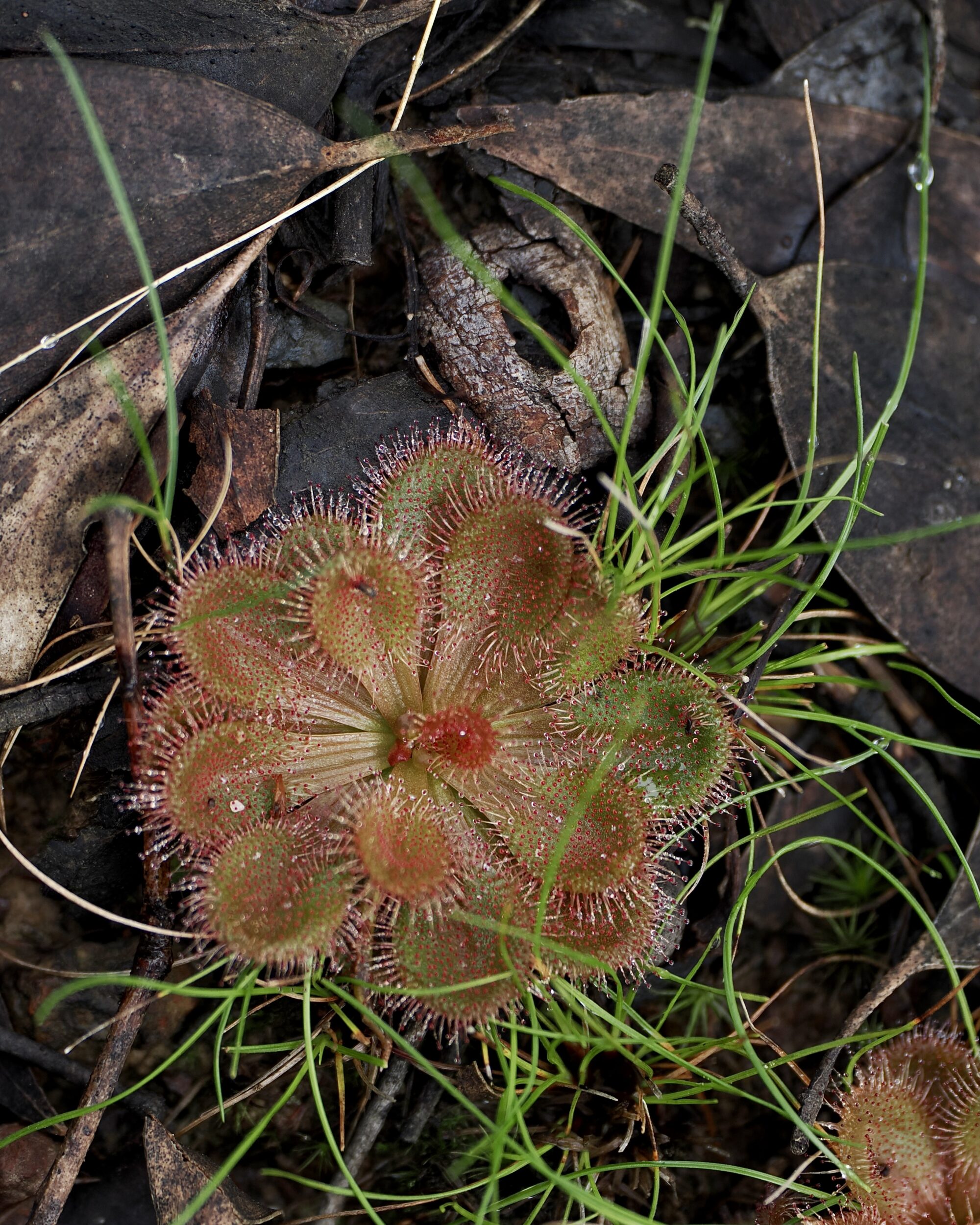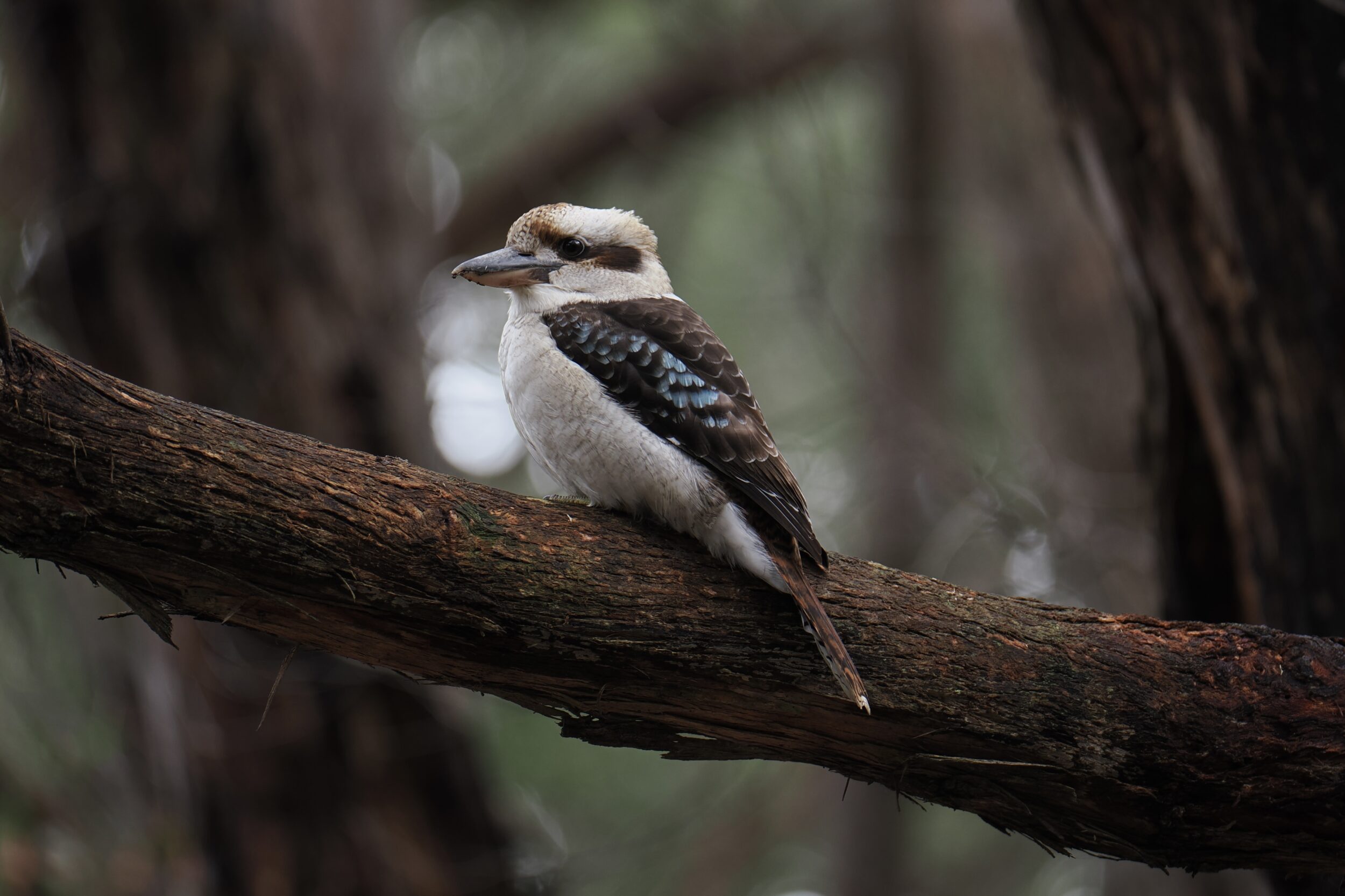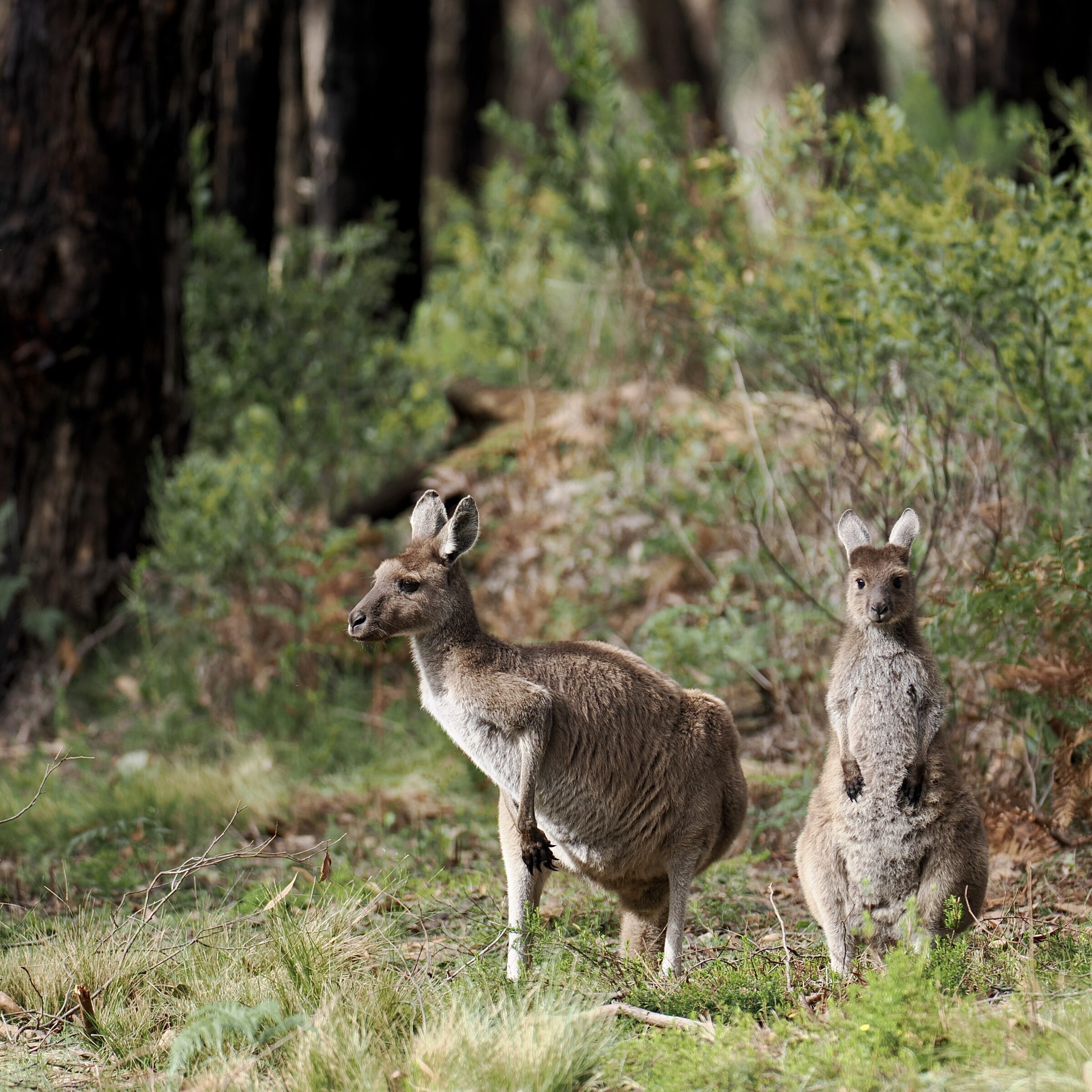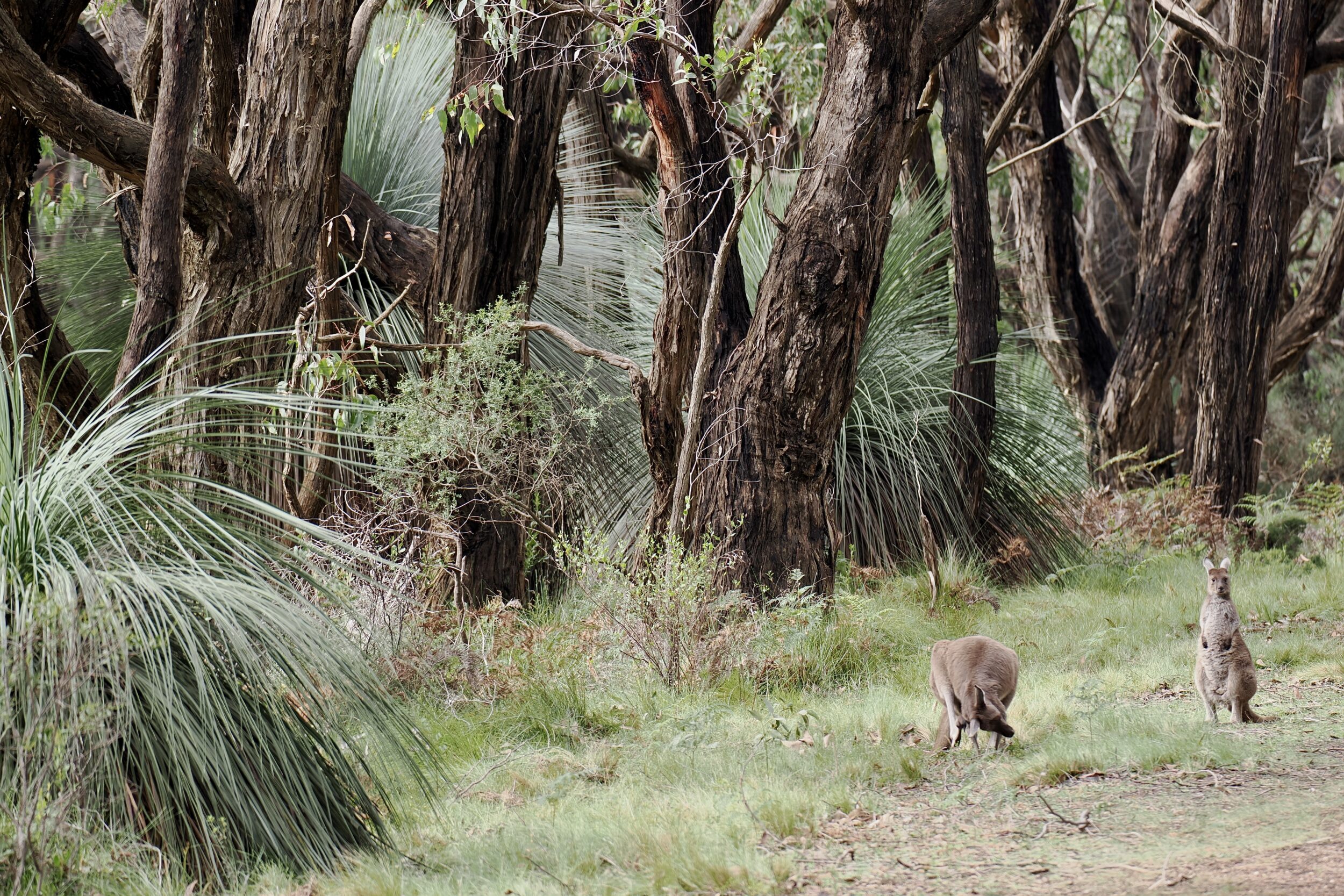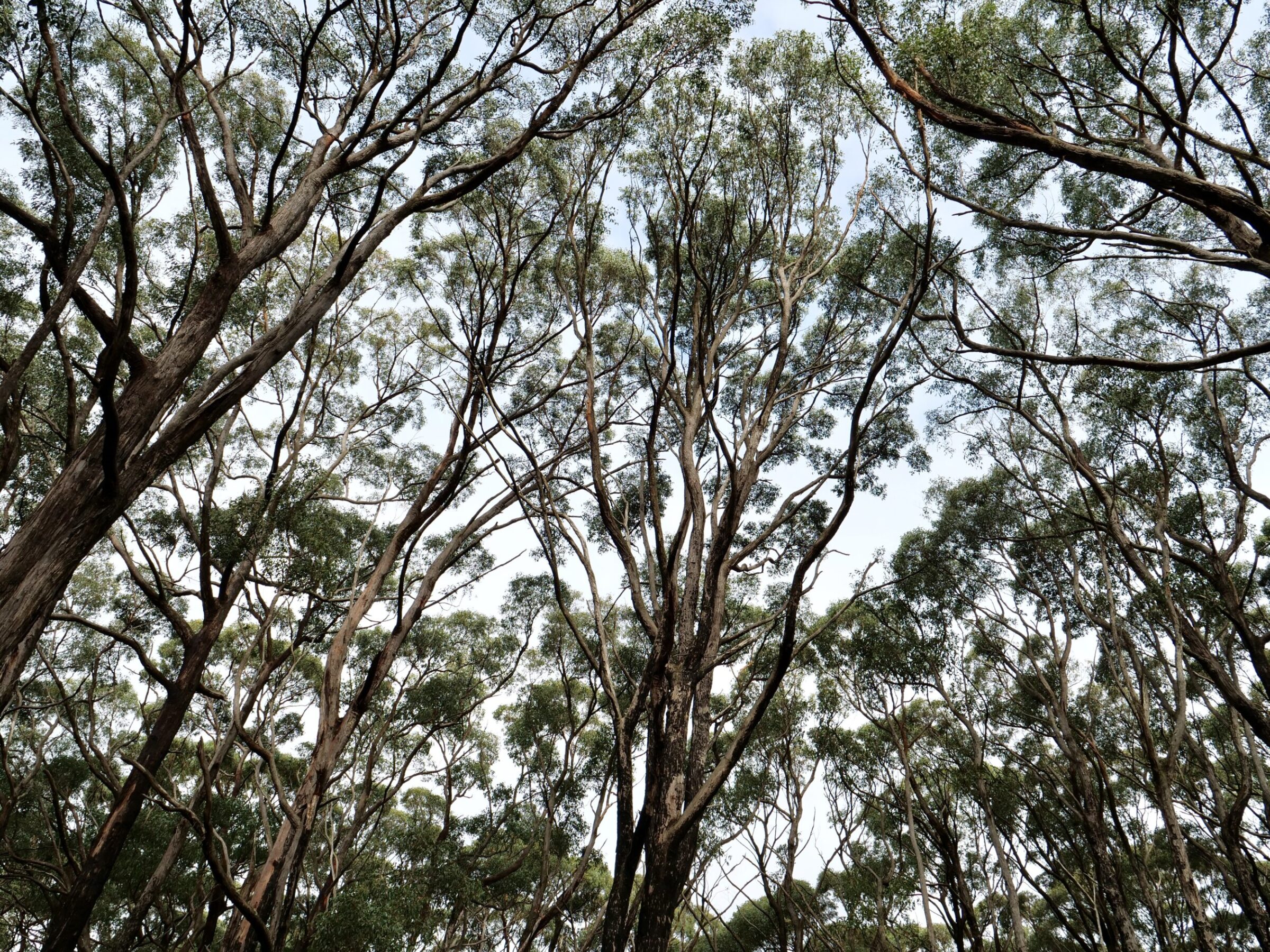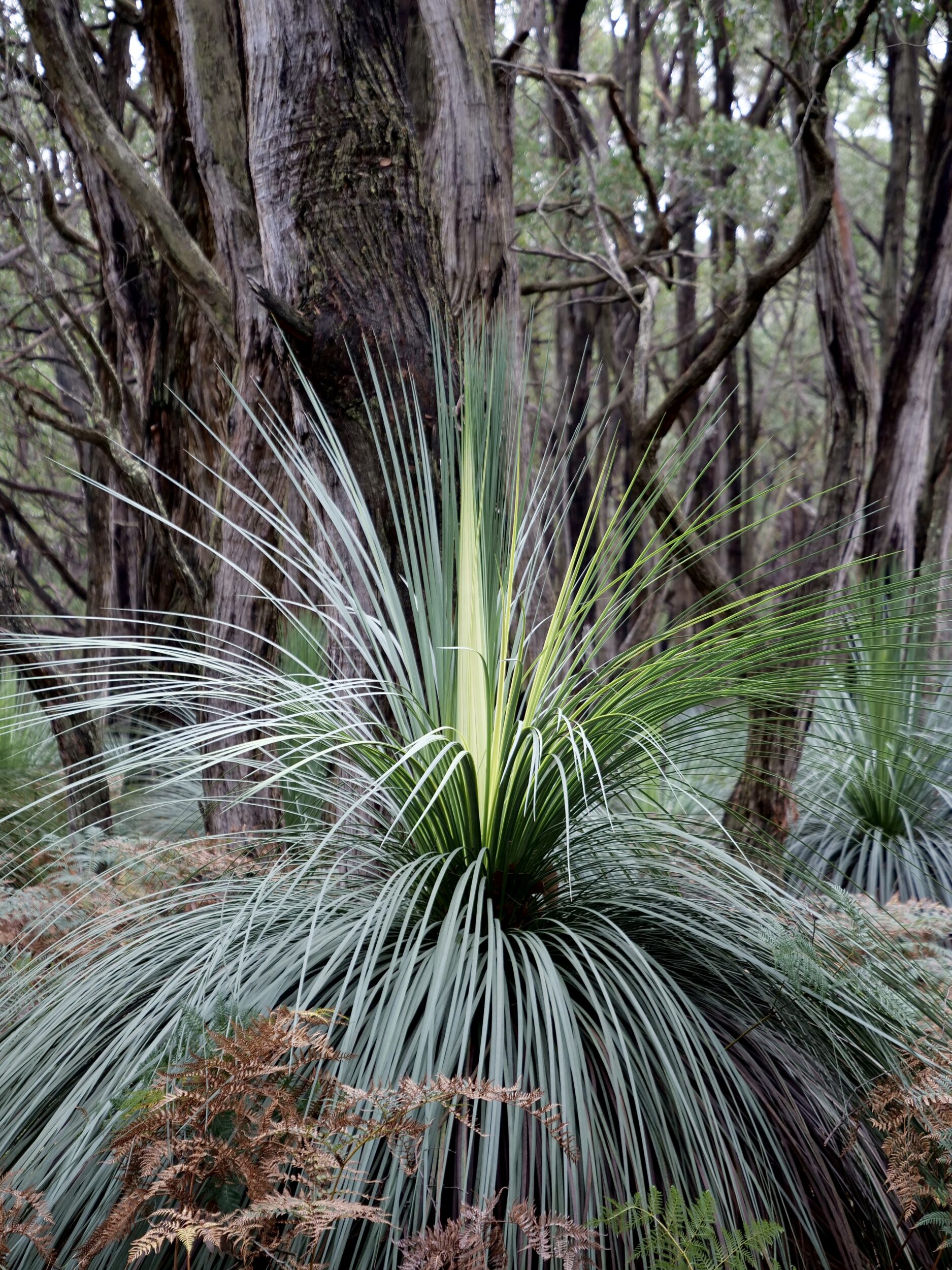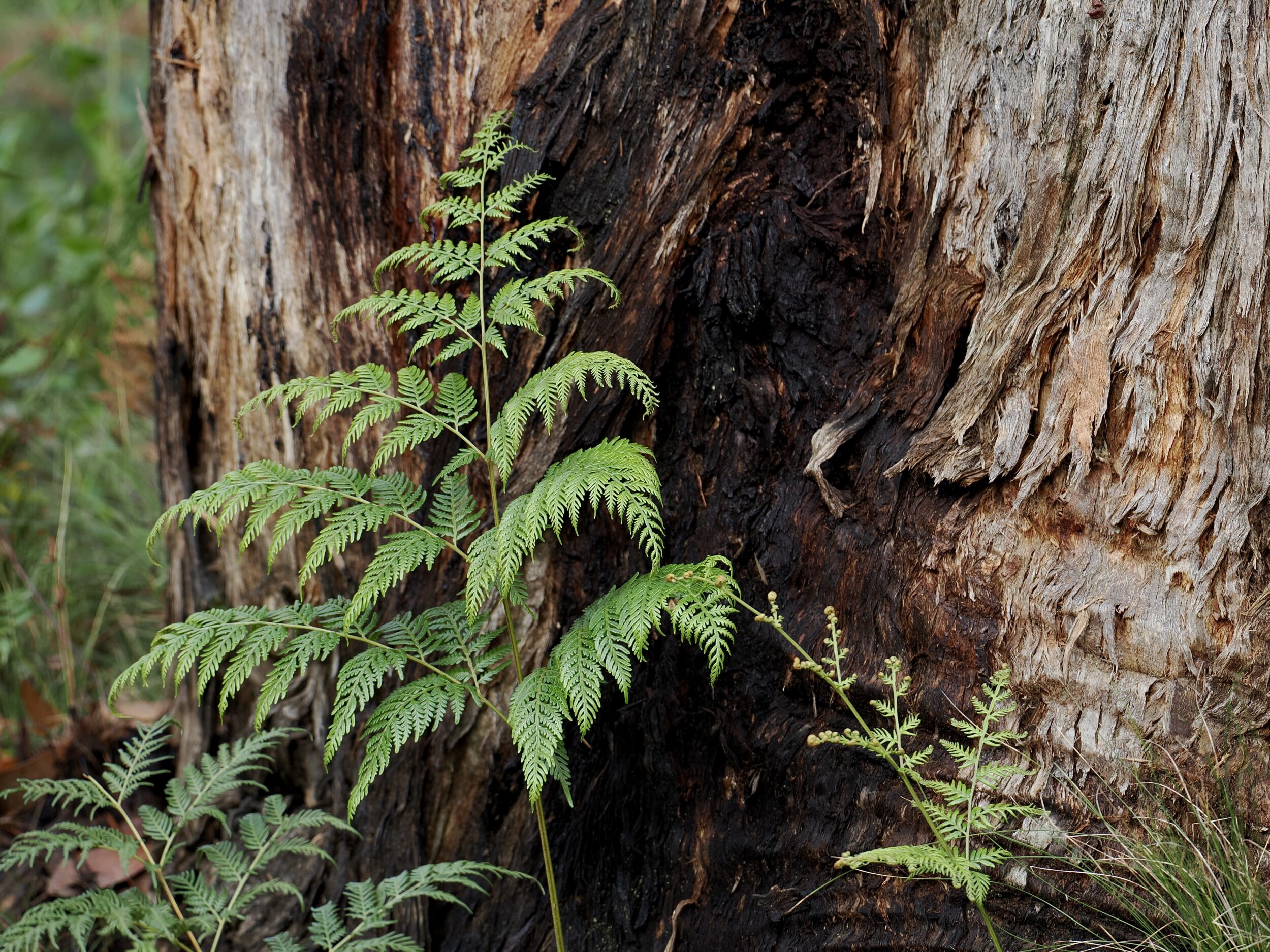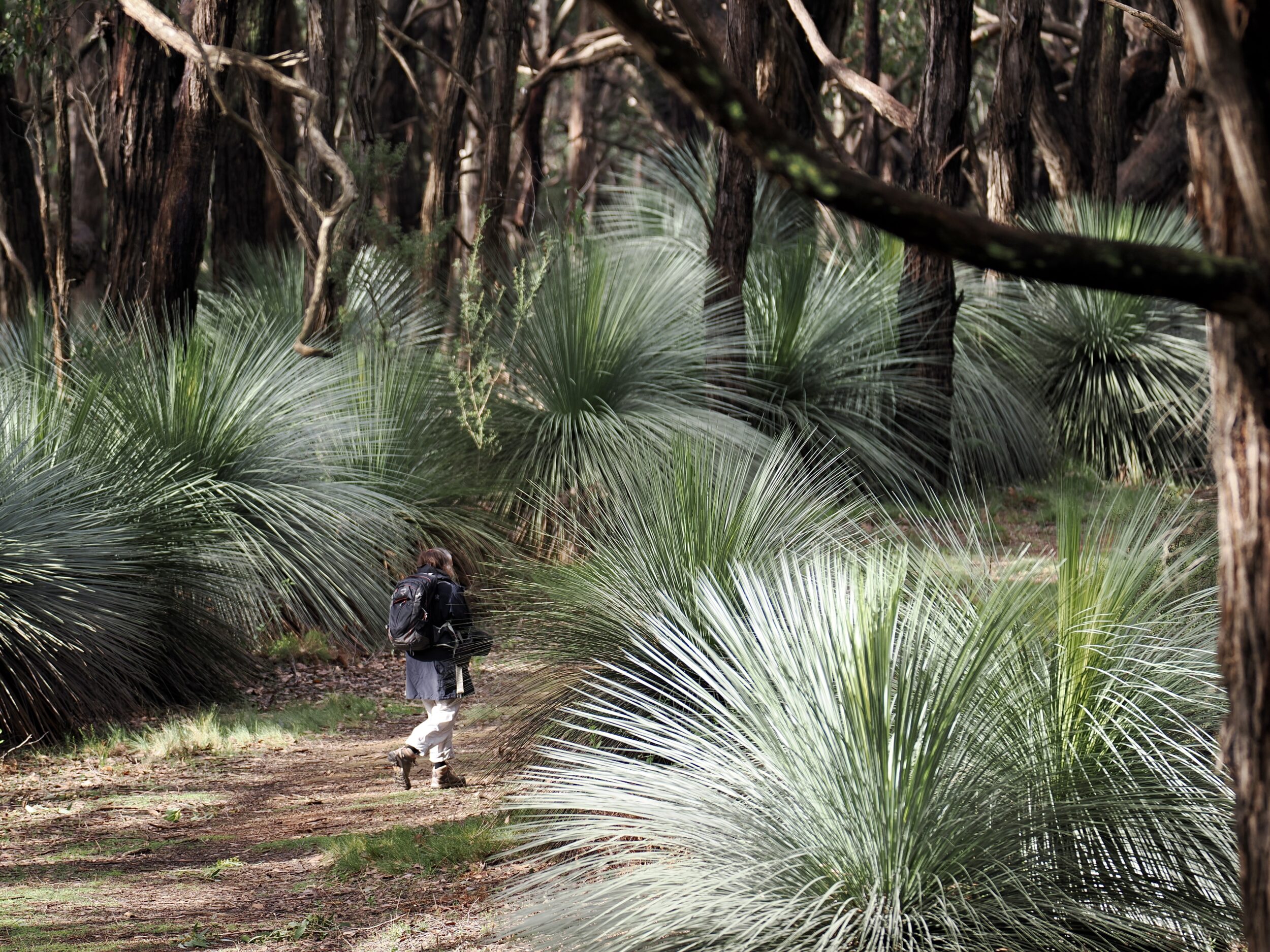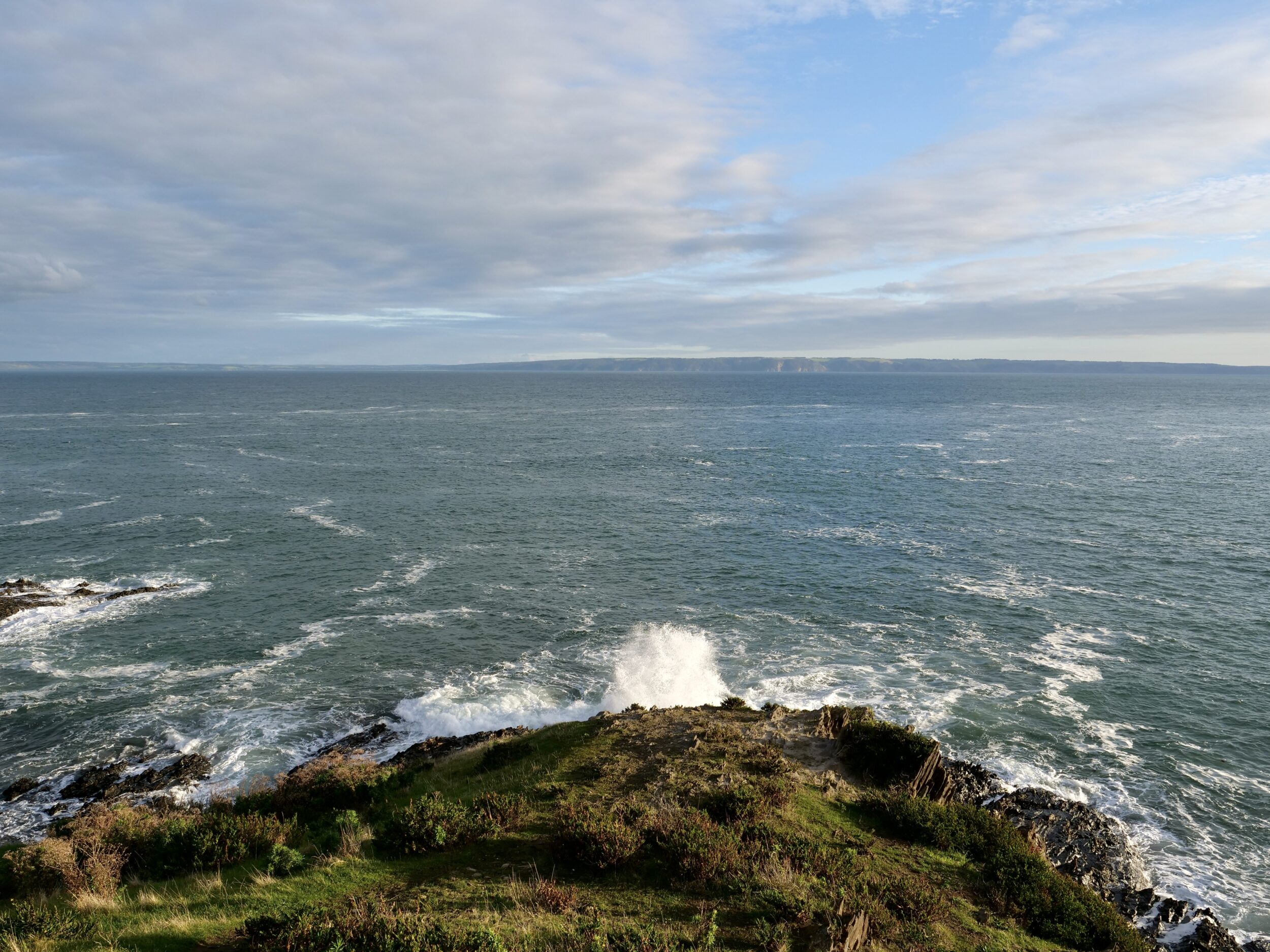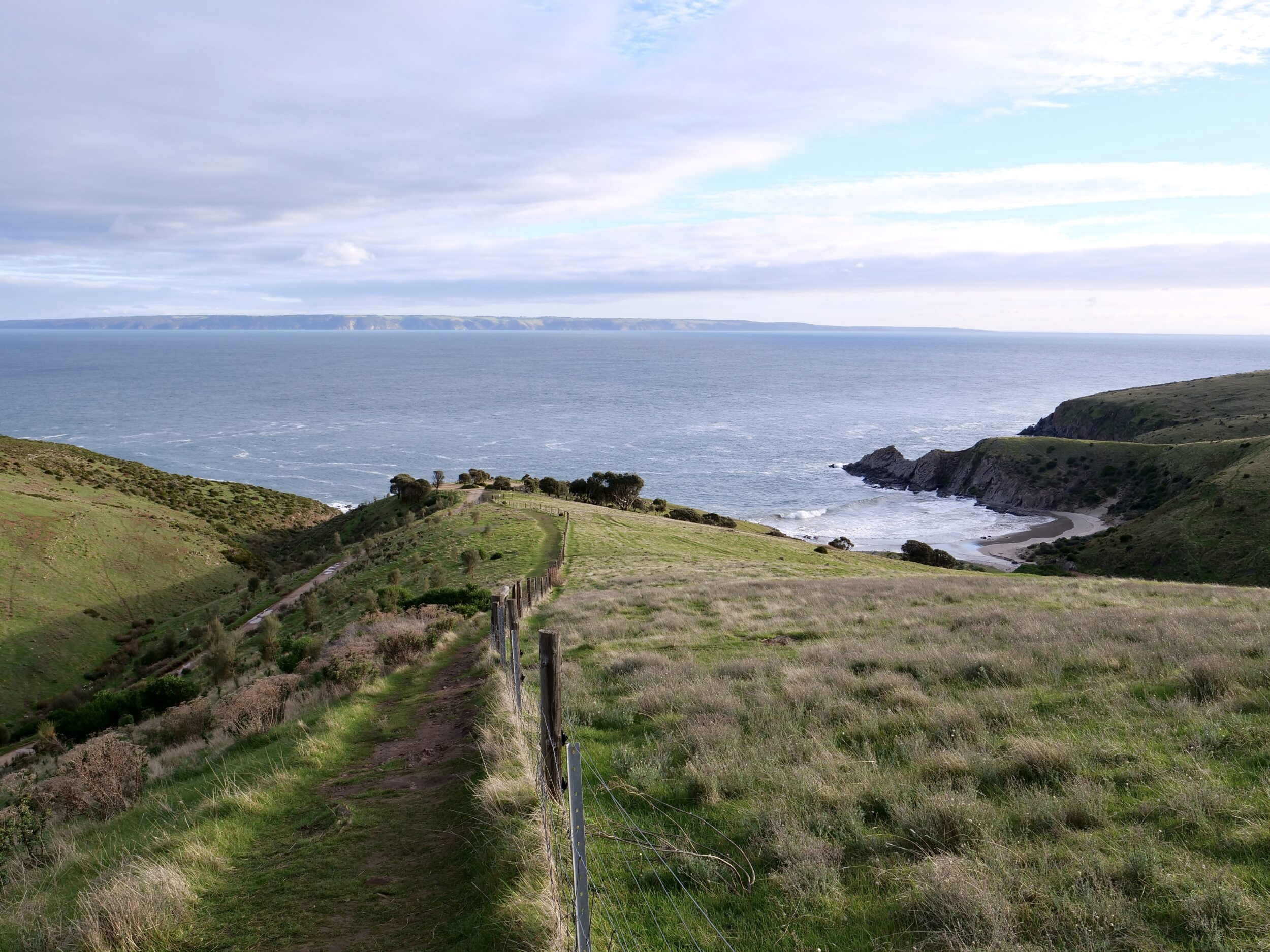Q: what does this post, the previous post, and the next several posts in this series all have in common?
A: all of their “stars” eat meat. If you look closely at the featured image, you should be able to see some “victims” being devoured, slowly.
The overwhelming majority of this forest’s carnivorous individuals have neither fur nor feathers.
If all appropriately qualified individuals were to join “The Deep Creek Terrestrial Carnivores Club”, its insect, amphibian and reptile members would dominate it.
Although a relatively small minority within the club, its carnivorous plants would outnumber the remainder of its (primarily, mammalian + avian) fauna membership.
You are looking at one of the Drosera – a genus whose members are commonly known as “sundews”.
Comments closed